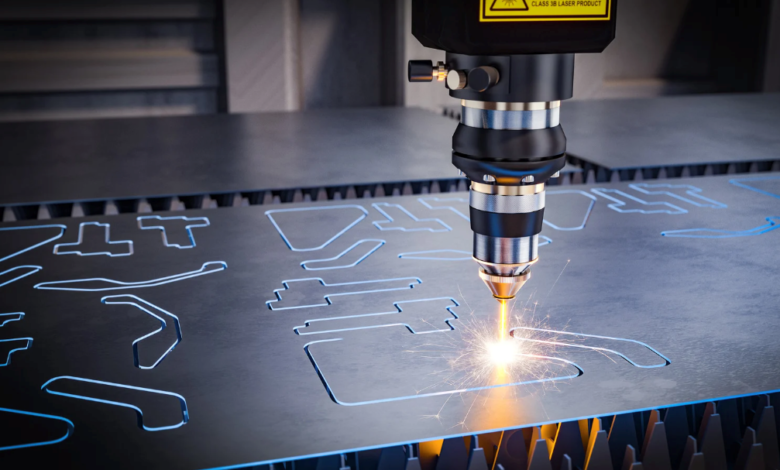How Laser Fume Extractors Improve Air Quality in High-Precision Industries

In high-precision industries such as electronics, aerospace, and medical device manufacturing, air quality is not just a matter of comfort; it’s a matter of compliance, health, and productivity. Laser-based processes like engraving, marking, and welding emit microscopic particles, fumes, and vapors that can compromise both operator safety and product integrity. Installing laser fume extractors is one of the most effective ways to manage these airborne hazards.
By removing harmful particulates and vapors directly at the source, these systems ensure cleaner air, reduce machine wear, and help maintain optimal operating conditions.
The Role of Extraction in Protecting Air Quality
Laser applications release volatile compounds that vary based on the material being processed. Plastics, metals, and composite materials each emit different combinations of fine particulates, VOCs, and thermal byproducts. Without proper extraction, these pollutants can accumulate in the workspace, posing respiratory risks and triggering air quality violations.
To address this, facility managers must consider not only the volume of air being filtered but also the capture efficiency and filtration technology used. Factors like airflow rate, filter type, and placement of extraction arms can significantly affect results. That’s why choosing laser fume extractors involves more than selecting a basic unit, it’s about aligning the system with the specific workflow, materials, and volume of emissions involved.
See also: How to Choose the Perfect Floor Plan for Your Custom Home Build
Efficiency Depends on System Design
An efficient laser fume extraction setup does more than just improve air, it contributes to workflow consistency. The correct system will extract particulates before they disperse, protecting sensitive components and ensuring a cleaner production surface. For example, in medical device assembly, contamination from airborne residues can lead to costly defects or recalls.
Understanding the different types of laser fume extraction systems available can help decision-makers identify the right configuration, be it standalone units for compact workspaces or centralized systems for larger production lines. The selection may vary based on filter layering, mobility, automation integration, and compatibility with existing machinery.
Long-Term Benefits Across Industries
Beyond the immediate health and environmental advantages, using advanced fume extractors can reduce maintenance costs and machine downtime. Clean air means less residue buildup on optics, sensors, and ventilation systems, leading to longer equipment life and fewer interruptions. For high-precision industries, where even minute contaminants can impact results, this level of control is invaluable.
It also supports regulatory compliance. Many industries are subject to strict OSHA or ISO requirements regarding air quality and operator exposure. An efficient extractor system not only meets these standards but often exceeds them, positioning the facility as both responsible and future-ready.
Conclusion
In environments where precision matters, even the air must be controlled. Laser fume extractors provide a crucial line of defense against invisible pollutants that can impact both people and production. By capturing and filtering harmful emissions at the source, they help ensure safe, clean, and compliant workplaces while preserving the integrity of highly sensitive processes. In high-performance industries, clean air isn’t optional, it’s essential.
The long-term advantages go beyond immediate safety, influencing overall operational efficiency, product quality, and workforce well-being. Investing in a well-designed extraction system reflects a proactive commitment to both industrial excellence and employee health.






